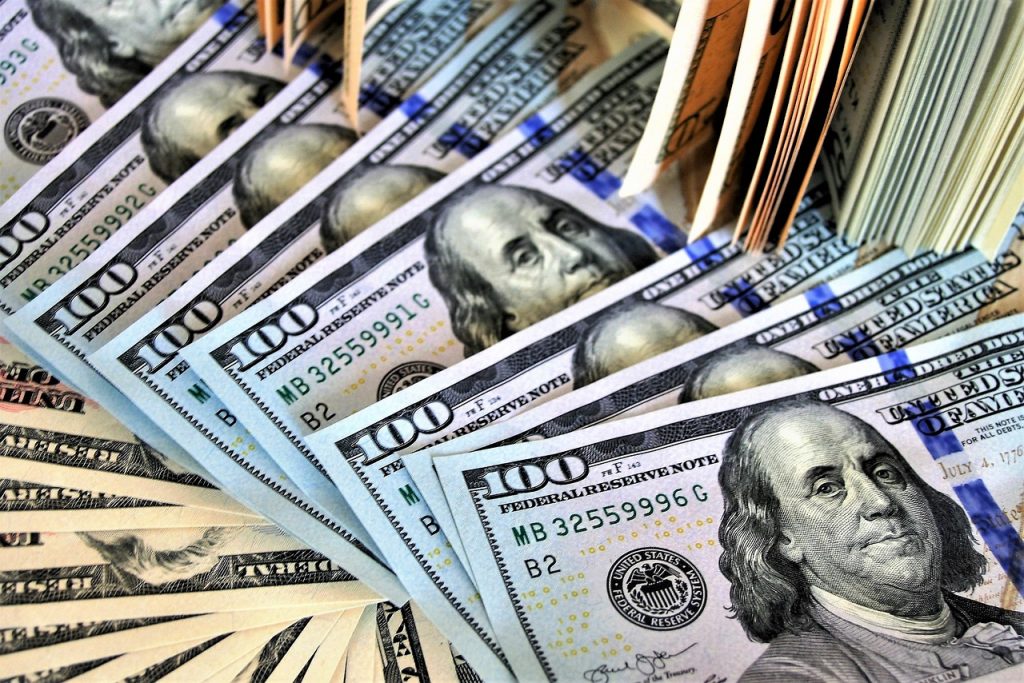Why Milk Prices Are Skyrocketing To Unfathomable Highs
The cost of milk is getting out of hand, and it won't get better anytime soon.
This article is more than 2 years old

The COVID pandemic and the Russian war against Ukraine have caused quite the turmoil with the costs of fuel, heating, sunflower oil, and now dairy products. The cost of basic supermarket staples like milk, eggs, and cheese in the United Kingdom has shot up 9.5% in the past twelve months. The price of milk alone has gone up a whopping 12%. Here in the United States, wholesale milk prices have increased by 38% and the retail prices for consumers have gone up 15% compared to a year ago. Prices are increasing at rates that have not been seen or felt in decades, which is creating a cost-of-living crisis that is causing people all over the world to have to make difficult choices about what can be put into the budget to purchase.
According to CNN Business, The dramatic spike in dairy goods comes down to demand and supply. The COVID pandemic shot up the price of numerous products as city-wide restrictions and lockdowns affected the global distribution. This ultimately has impacted dairy farmers as they deal with more expensive animal feed and expensive fertilizer as they have to abide by a long list of new environmental rules. The bigger issue is the growing demand for dairy products, especially in developing countries since the recovery has begun from the pandemic. This means a spike in milk prices is not something most people can afford and yet dairy is a nutritional need.
Kite Consulting has provided an analysis of the United Kingdom dairy industry and the reports are reflecting that between 2020 and 2021 a standard 4-pint carton of milk will cost between $1.36 and $1.49. This year it is being projected to reach $2.11, which is an increase of 50% from the bottom to the expected top range. For the United Kingdom, the Russian/Ukraine war is what is causing the biggest problem.
The war has significantly impacted the price of nitrogen-based fertilizers which are necessary to the dairy farming industry. If dairy farmers cut back on how much fertilizer they are using, the end result will be not enough grass to feed the grazing dairy cows. An unnatural drought that is currently impacting England, is also causing non-favorable impacts to UK dairy farmers, which is causing milk prices across the world to skyrocket.
The price to feed the cows with specific but necessary feed which contains the supplements needed for their diets has drastically increased too. The United Kingdom’s National Farmers Union has provided estimated numbers reflecting a 70% increase in animal feed costs over the past two years. Prior to the Russian and Ukraine war, Russia accounted for more than one-fourth of global wheat exports. Blockades at Ukrainian ports by the Russian military sent these prices to an all-time high in the first quarter of this year. As prices continue to grow higher and higher in order to help keep dairy farmers in business, the consumer demand is anticipated to drop off which will allow the current market to once again balance itself. However, how long before this will begin to happen and milk prices will once again become affordable still remains to be seen.





